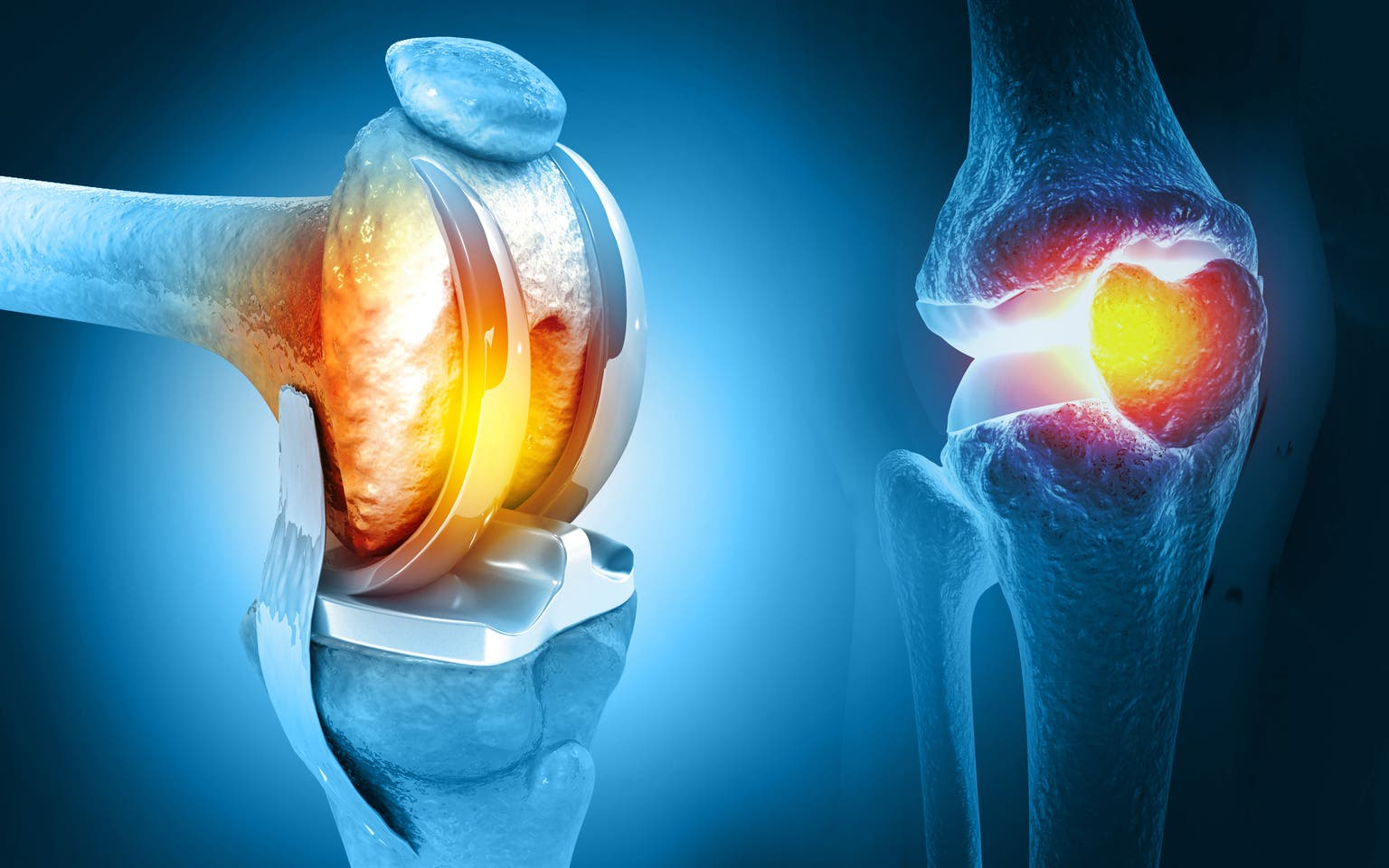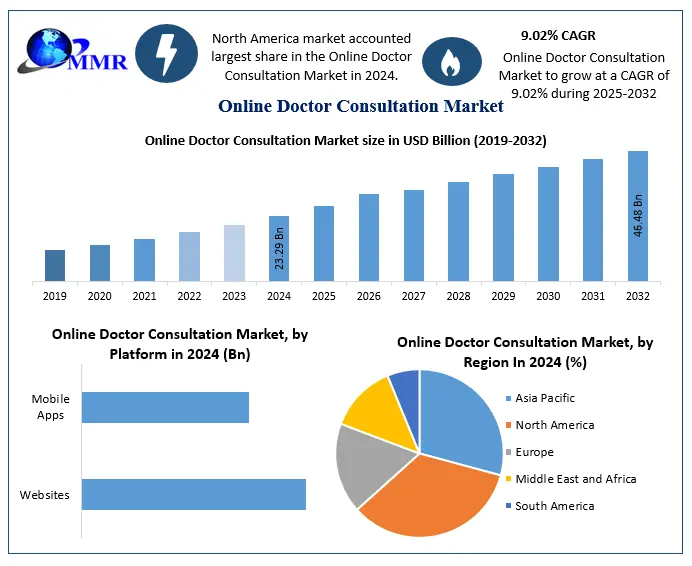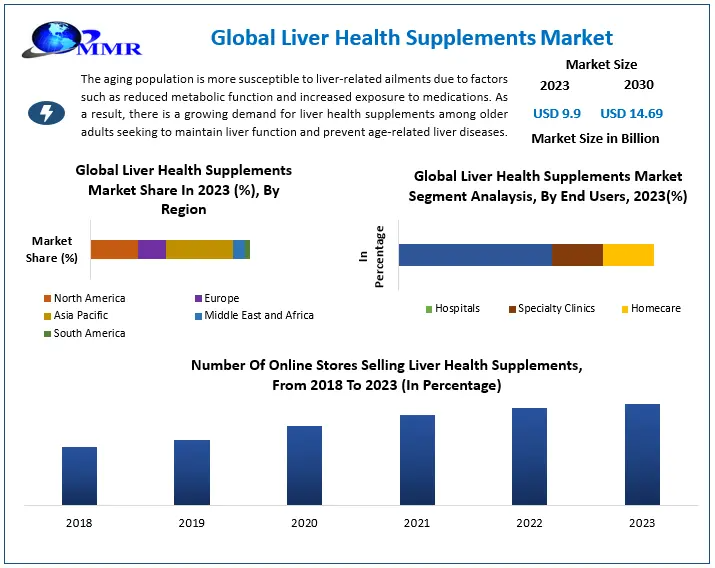Knee Replacement Market Estimated at USD 11.19 B, Fueled by Aging Populations & Tech‑Driven Implant Innovation
The Knee Replacement Market valued at approximately USD 11.19 billion in 2023, is projected to expand at a 4.32 % CAGR from 2024–2030, reaching nearly USD 15.05 billion. This growth is being driven by a rising global elderly population, increased osteoarthritis cases, and advancements in implant technology.
Market Growth Drivers & Opportunities
The knee replacement market is gaining momentum from multiple converging trends. As the global population ages, the incidence of osteoporosis and osteoarthritis rises sharply—by some estimates, knee osteoarthritis prevalence could reach 5 % globally by 2050.¹ At the same time, younger patients are opting for surgery as awareness increases. Innovations such as 3D‑printed personalized implants, next‑generation materials like ceramic composites, and deep‑learning‑assisted surgical planning are enabling better outcomes with fewer complications like infection or implant loosening.² Furthermore, improved reimbursement frameworks and expanding public health programs are reducing costs and increasing surgery accessibility. For instance, lower-cost partial knee replacements preserve more natural bone, offering quicker recoveries and catering both to active lifestyles and developing market budgets.
Segmentation Analysis
The market structure unfolds through three primary categorizations:
By Product:
-
Total knee replacement (TKR) dominates, thanks to high osteoarthritis prevalence and increasing revision cases due to infections. In the wake of rising surgical volume, TKR remains the mainstay intervention.
-
Partial knee replacement is gaining traction as demand grows for less invasive surgeries that spare healthy tissue.
-
Kneecap (patello‑femoral) replacement addresses isolated kneecap degeneration, offering an alternative to full TKR in select cases.
-
Complex knee replacement serves scenarios with severe joint deformity or trauma, typically requiring custom or hinged prostheses.
By Implant Type:
-
Fixed‑bearing implants, the longstanding standard, provide durable outcomes through rigid prosthetic interfaces.
-
Mobile‑bearing implants offer enhanced joint motion and reduced wear, appealing to younger and more active patients.
-
Others, including newer hybrid and custom implant designs, cater to niche anatomical or biomechanical requirements.
By End‑User:
-
Hospitals account for the majority of market share, owing to infrastructure and specialist presence.
-
Orthopedic centers, offering focused care, are increasingly gaining share as they adopt advanced surgical technologies and patient-specific treatments.
-
Other end-users, such as ambulatory surgical centers and private clinics, cater to cost-sensitive and outpatient care models.
Country‑Level Insights
United States:
North America leads with the largest national market share, driven by high osteoarthritis rates (most common among ages 55–64), robust reimbursement systems, and a well‑established healthcare infrastructure. The FDA’s recent 2021 approval of IMPLANET’s Madison TKR cemented the market’s momentum.
Germany:
As the largest European market, Germany benefits from its aging demographic and comprehensive public healthcare. German orthopedic practices have been quick to adopt mobile‑bearing implants, and strong domestic manufacturing supports widespread device availability.
China:
The Asia‑Pacific region—including China—is poised for rapid growth. China’s aging population, coupled with rising healthcare investment and growing middle‑class awareness, is fueling increased demand. Hospital expansion in tier‑2 and tier‑3 cities is making knee replacement surgery more accessible.
India:
While not in the original country list, India is emerging as a key opportunity market. With increasing rates of osteoarthritis due to lifestyle and environmental factors, combined with healthcare infrastructure expansion, India shows strong potential, especially for lower-cost partial replacements.
Australia:
Another high-opportunity market, Australia combines aging demographics with strong public support for joint replacement through Medicare. Adoption of advanced implants, including ceramic and 3D‑printed options, is accelerating within its surgical sector.
Competitor Analysis
Report-listed key players include Aesculap, Corin Group, DePuy Synthes (Johnson & Johnson), Smith & Nephew, Stryker, Zimmer Biomet, and Exactech, among others. The market is dominated by the top five: DePuy Synthes, Zimmer Biomet, Stryker, Smith & Nephew, and Exactech, which collectively account for the majority of global market share.
-
DePuy Synthes continues to lead with a diversified portfolio, including the ATTUNE Knee system. Recently, they launched the ATTUNE Revision System, streamlining complex revisions with modular options.
-
Zimmer Biomet released the Persona IQ with Real-Time Kinematics, integrating SOLO smart sensor to improve post-op analysis and rehabilitation pathways.
-
Stryker has expanded its presence with the Triathlon Pro Knee System, featuring improved patellofemoral tracking, and entered partnerships to adopt robotic-assisted surgery workflows.
-
Smith & Nephew introduced Journey II Juinor 3D-printed implants, targeting younger patients with anatomically precise components, and launched a global training initiative for their Verasense load-mapping system.
-
Exactech made headlines with their “Episcopic Illumination” 3D-scan tool—an intra-operative scanning solution that verifies implant positioning in real-time.
Mid-tier innovators like Corin Group (rapidly scaling its Optimized patient-specific implants) and Aesculap (expanding European footprint through minimally invasive partial knee options) offer competitive alternatives, especially in regional markets. IMPLANET is also gaining attention post-FDA approval of its Madison cemented TKR.
Conclusion
The global knee replacement market is on a clear upward trajectory—supported by demographics, compatible technology, and evolving business models. As major participants continue to diversify implant offerings (e.g., personalized, sensor-enabled devices) and penetrate emerging markets like India and China, the competitive landscape will sharpen around innovation and accessibility. With surgery volumes rising across age groups, the market’s long-term outlook remains robust: aging baby boomers, younger active patients, and regional healthcare maturation combine to support a future of sustained, smart growth in knee replacement solutions.
Related Post :



